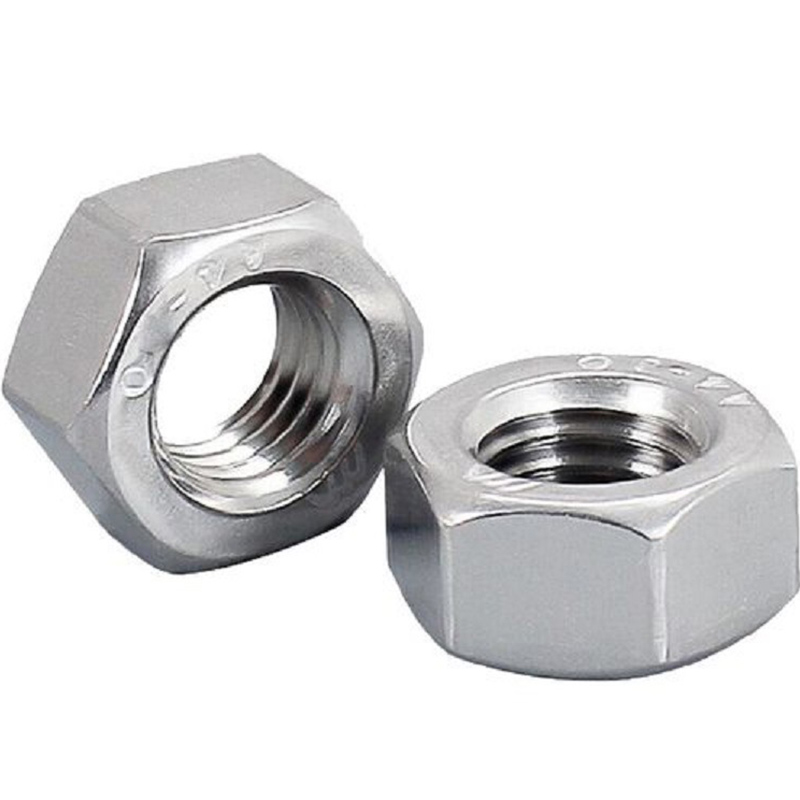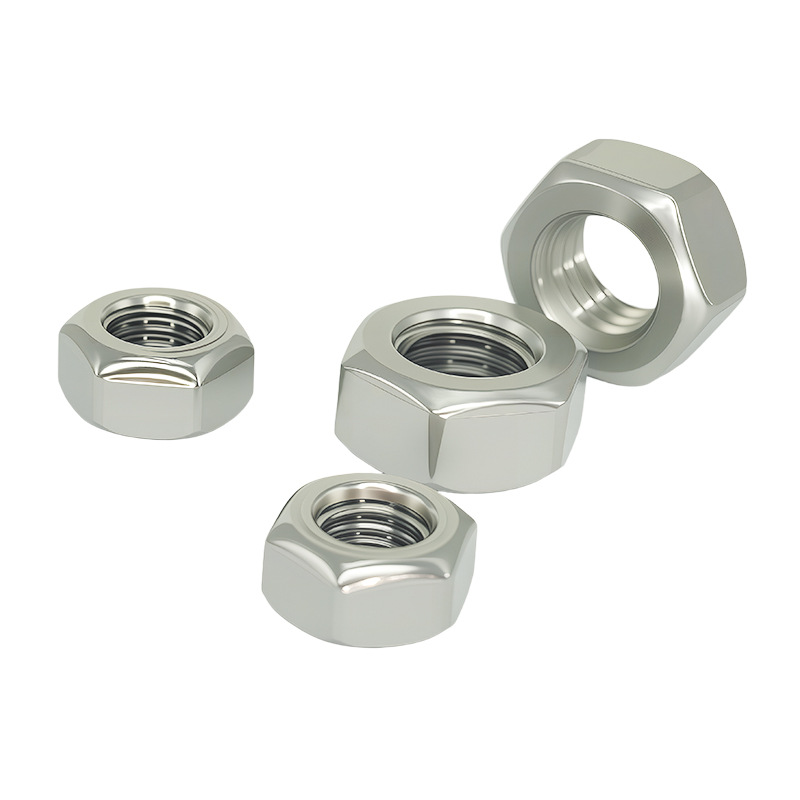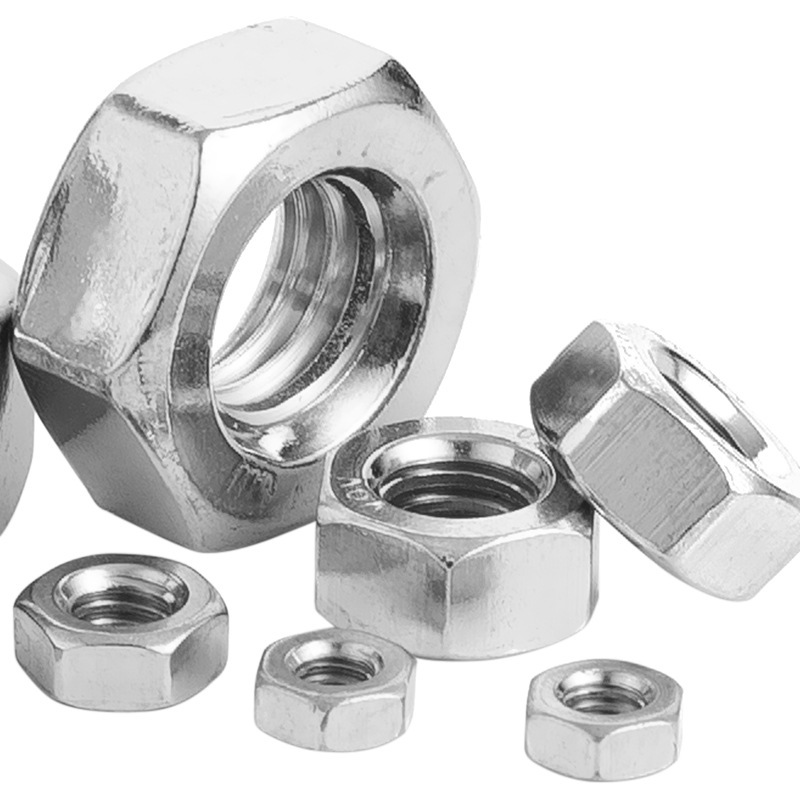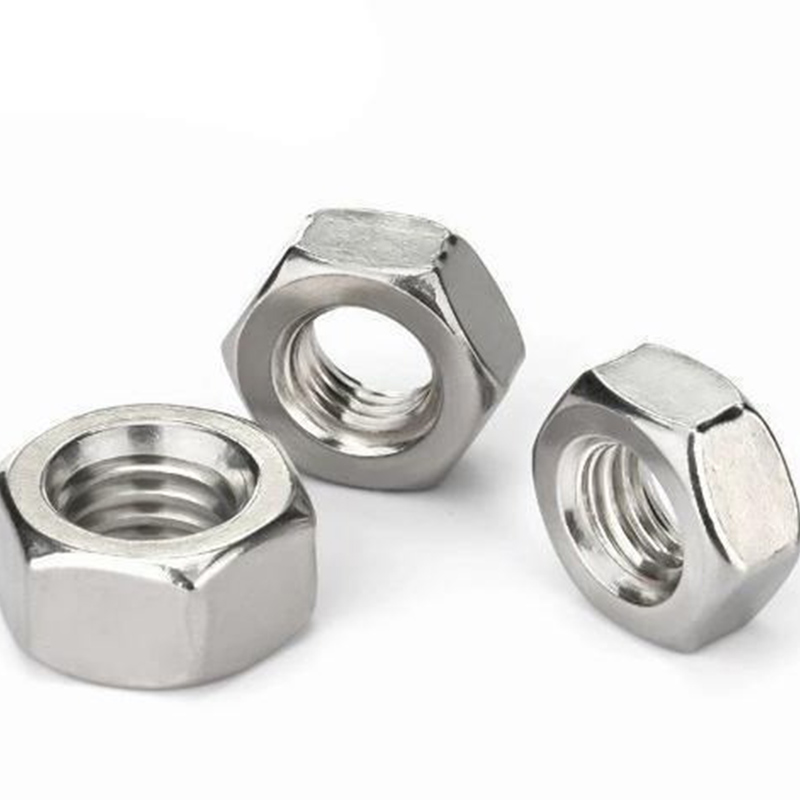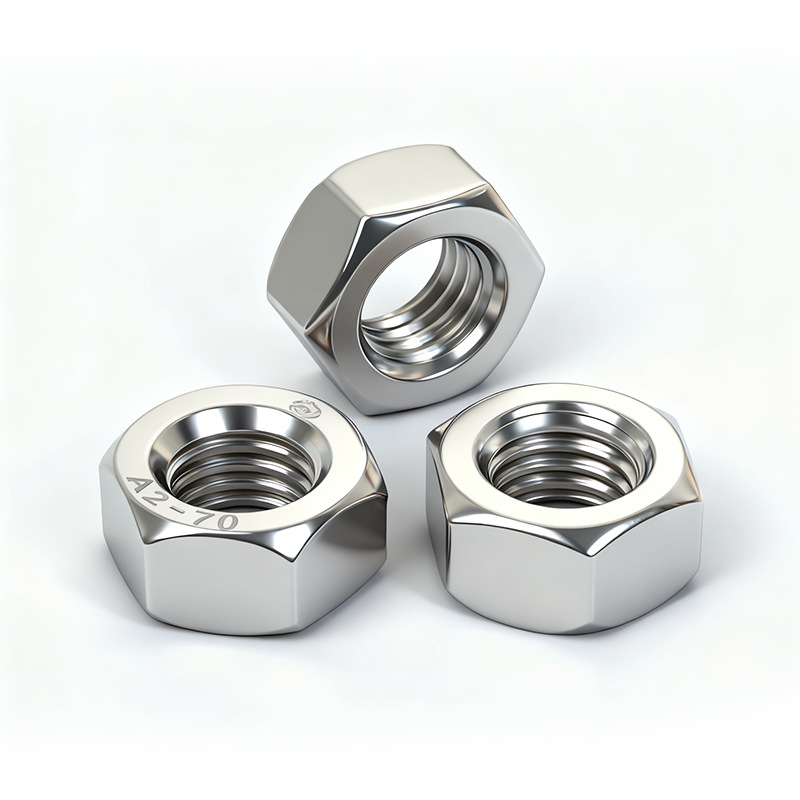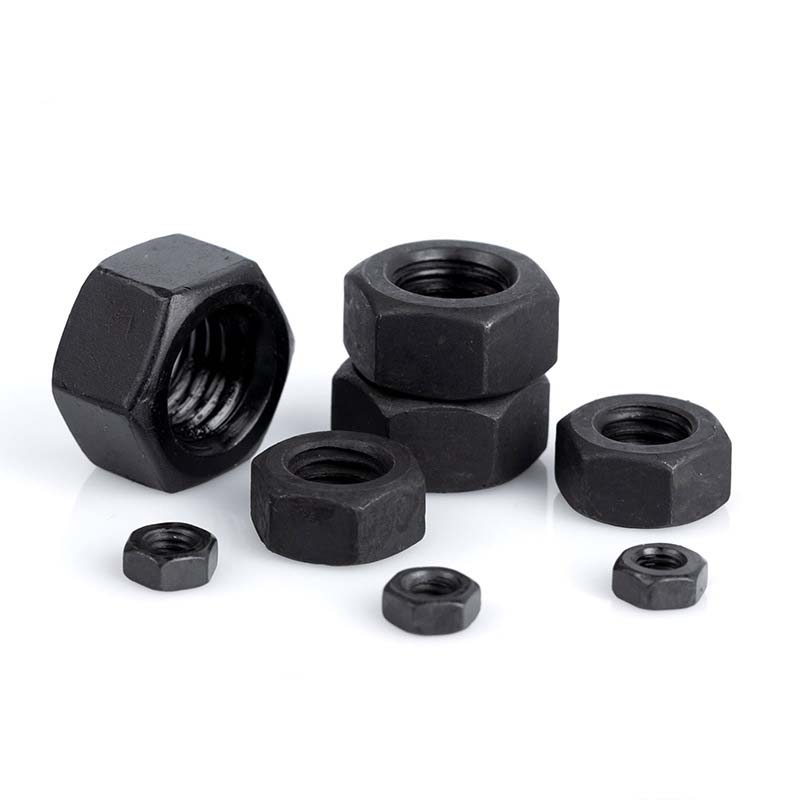Hexagon Nuts For Fine Mechanics
Send Inquiry
Hexagon nuts for fine mechanics uses M1.6-M5 ultra-fine threads, and the nut surface is polished to avoid scratching precision parts. The edge of the hexagonal shape is sharp, easy to grip the tool, and its body is thin, saving installation space.

Product details and parameters
Hexagon nuts for fine mechanics can be used to hold microscrews in optical devices, calibrate laboratory instruments, or assemble microrobots. It is also used to repair eyeglass hinges, fix circuit board brackets, or build model engines. It is also used in dental tool manufacturing and robotics. It is also used in aerospace, laboratory equipment and camera equipment.
Hexagon nuts for fine mechanics is made of durable materials such as stainless steel or brass, which can prevent rust and wear in the case of wet or frequent movement, and improve the service life of the nut. Many nuts have a smooth surface or chamfered edge to prevent the surface from being scratched, and its size is small, but it is very strong.
Hexagon nuts for fine mechanics prevents misthreaded threads and can also be adapted to micro-screws. Tighten the nut using a precision hex wrench that matches the size of the nut. At the same time, carefully align the threads.

Maintenance Tips
Clean hexagon nuts for fine mechanics with alcohol wipes to remove dust and oil from the surface of the nuts. Use a force limiting screwdriver to tighten the nut. Store nuts in labeled containers to avoid confusion with parts of similar size.





